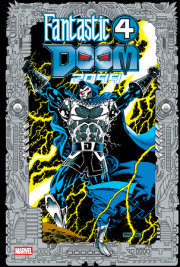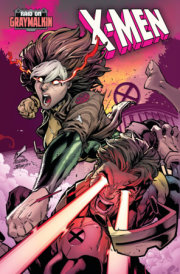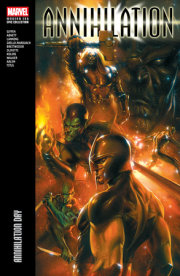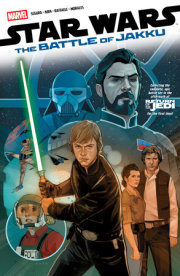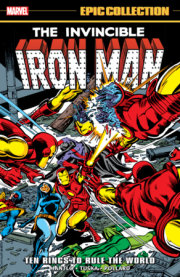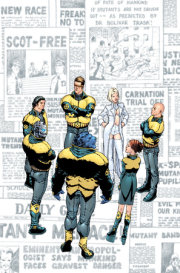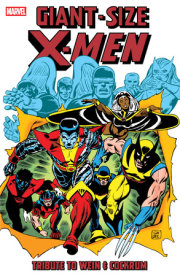

MARVEL MASTERWORKS: THE TOMB OF DRACULA VOL. 4
Currently a publisher, critic and literary agent, David Anthony Kraft wrote for some of Marvel’s earlier steps into the horror field, e.g. anthologies Creatures on the Loose and Haunt of Horror. His quirky and well-remembered Defenders run included both dramatic and whimsical storylines, such as “Who Remembers Scorpio?” and “Defender for a Day.” He wrote most of the Savage She-Hulk series and worked on licensed properties 2001: A Space Odyssey with Jack Kirby and Logan’s Run with George Pérez. His work further appeared in Captain America; Thor; Marvel Two-in-One; Marvel Premiere; and two of Marvel’s black-and-white magazines, Deadly Hands of Kung Fu and Rampaging Hulk. He also edited Marvel’s in-house fan magazine FOOM. Elsewhere in publishing, he has written children’s books featuring Spider-Man, the Hulk and the Fantastic Four.
Industry legend Chris Claremont is best known for his epic sixteen-year run on Uncanny X-Men. Claremont’s focus on the themes of prejudice and tolerance struck at the hearts of comics fans, and he built an unparalleled following during the next three decades. Under his pen, the X-Men franchise spawned a vast array of spin-offs, many of them written by Claremont himself. His other credits include Iron Fist, Ms. Marvel, Power Man and Spider-Woman. Claremont has returned to the X-Men universe in New Exiles, GeNext, X-Men Forever, Chaos War: X-Men and Nightcrawler.
The unique, shadowy style of Gene Colan (1926-2011) most memorably appeared in long stints on Captain America and Daredevil, and all 70 issues of Tomb of Dracula — among the dozens of other Marvel titles he has drawn. His DC work on Detective Comics and Night Force is equally well remembered. During the Golden Age, he drew multiple war stories for Marvel and DC alike. Colan has earned several Eagle Awards and had professional art showings in New York City. His work on Ed Brubaker’s Captain America at the age of 82 drew well-deserved raves.
Don Heck (1929-1995) worked for Harvey, Quality, Hillman and other publishers before arriving at Atlas Comics, later Marvel, where he penciled and inked stories for virtually every genre: crime, horror, jungle, romance, war, Western and more. With Stan Lee and others, he launched Iron Man, his supporting cast and his early rogues gallery — including the Black Widow, Hawkeye and the Mandarin. He also succeeded Jack Kirby on Avengers. At DC, his artwork appeared in Justice League of America, Flash, Wonder Woman and other titles.
John Byrne has worked continuously in the comics industry as both writer and artist since 1975. After he initially collaborated with writer Chris Claremont on Iron Fist, Byrne and Claremont moved on to X-Men for a run still regarded as one of the title’s finest. Byrne contributed an equally famed stint on Fantastic Four, earning comparisons to the original Lee/Kirby issues for his imaginative plotlines and dynamic artwork. He also spun Alpha Flight into its own title. In 1986, he revamped DC’s flagship hero, Superman, reimagining the Man of Steel in a historic project heralded by a Time magazine cover. His remarkable contribution to the Marvel Universe extends to memorable associations with virtually every major hero, including celebrated runs on Captain America, Iron Man, Sensational She-Hulk, Namor the Sub-Mariner and Thing. In the 21st century, Byrne’s considerable body of work includes IDW’s Star Trek and Angel.
About
Author
Currently a publisher, critic and literary agent, David Anthony Kraft wrote for some of Marvel’s earlier steps into the horror field, e.g. anthologies Creatures on the Loose and Haunt of Horror. His quirky and well-remembered Defenders run included both dramatic and whimsical storylines, such as “Who Remembers Scorpio?” and “Defender for a Day.” He wrote most of the Savage She-Hulk series and worked on licensed properties 2001: A Space Odyssey with Jack Kirby and Logan’s Run with George Pérez. His work further appeared in Captain America; Thor; Marvel Two-in-One; Marvel Premiere; and two of Marvel’s black-and-white magazines, Deadly Hands of Kung Fu and Rampaging Hulk. He also edited Marvel’s in-house fan magazine FOOM. Elsewhere in publishing, he has written children’s books featuring Spider-Man, the Hulk and the Fantastic Four.
Industry legend Chris Claremont is best known for his epic sixteen-year run on Uncanny X-Men. Claremont’s focus on the themes of prejudice and tolerance struck at the hearts of comics fans, and he built an unparalleled following during the next three decades. Under his pen, the X-Men franchise spawned a vast array of spin-offs, many of them written by Claremont himself. His other credits include Iron Fist, Ms. Marvel, Power Man and Spider-Woman. Claremont has returned to the X-Men universe in New Exiles, GeNext, X-Men Forever, Chaos War: X-Men and Nightcrawler.
The unique, shadowy style of Gene Colan (1926-2011) most memorably appeared in long stints on Captain America and Daredevil, and all 70 issues of Tomb of Dracula — among the dozens of other Marvel titles he has drawn. His DC work on Detective Comics and Night Force is equally well remembered. During the Golden Age, he drew multiple war stories for Marvel and DC alike. Colan has earned several Eagle Awards and had professional art showings in New York City. His work on Ed Brubaker’s Captain America at the age of 82 drew well-deserved raves.
Don Heck (1929-1995) worked for Harvey, Quality, Hillman and other publishers before arriving at Atlas Comics, later Marvel, where he penciled and inked stories for virtually every genre: crime, horror, jungle, romance, war, Western and more. With Stan Lee and others, he launched Iron Man, his supporting cast and his early rogues gallery — including the Black Widow, Hawkeye and the Mandarin. He also succeeded Jack Kirby on Avengers. At DC, his artwork appeared in Justice League of America, Flash, Wonder Woman and other titles.
John Byrne has worked continuously in the comics industry as both writer and artist since 1975. After he initially collaborated with writer Chris Claremont on Iron Fist, Byrne and Claremont moved on to X-Men for a run still regarded as one of the title’s finest. Byrne contributed an equally famed stint on Fantastic Four, earning comparisons to the original Lee/Kirby issues for his imaginative plotlines and dynamic artwork. He also spun Alpha Flight into its own title. In 1986, he revamped DC’s flagship hero, Superman, reimagining the Man of Steel in a historic project heralded by a Time magazine cover. His remarkable contribution to the Marvel Universe extends to memorable associations with virtually every major hero, including celebrated runs on Captain America, Iron Man, Sensational She-Hulk, Namor the Sub-Mariner and Thing. In the 21st century, Byrne’s considerable body of work includes IDW’s Star Trek and Angel.
Other Books by this Author
-
9781302965525$125.00 USHardcoverMarvel UniverseDec 09, 2025
-
9781302966997$100.00 USHardcoverMarvel UniverseDec 09, 2025
-
9781302961305$75.00 USHardcoverLicensed PublishingDec 02, 2025
-
9781302962630$75.00 USHardcoverMarvel UniverseNov 25, 2025
-
9781302965877$125.00 USHardcoverMarvel UniverseNov 25, 2025
-
9781302966454$125.00 USHardcoverMarvel UniverseNov 25, 2025
-
9781302962616$75.00 USHardcoverMarvel UniverseNov 18, 2025
-
9781302965464$100.00 USHardcoverMarvel UniverseNov 18, 2025
-
9781302962593$125.00 USHardcoverMarvel UniverseNov 11, 2025
-
9781302966423$125.00 USHardcoverMarvel UniverseNov 11, 2025
-
9781302965853$125.00 USHardcoverMarvel UniverseNov 04, 2025
-
9781302961435$150.00 USHardcoverMarvel UniverseOct 28, 2025
-
9781302966409$100.00 USHardcoverMarvel UniverseOct 28, 2025
-
9781302962555$75.00 USHardcoverMarvel UniverseOct 21, 2025
-
9781302965969$125.00 USHardcoverLicensed PublishingOct 21, 2025
-
9781302966386$75.00 USHardcoverMarvel UniverseOct 21, 2025
-
9781302966164$150.00 USHardcoverMarvel UniverseOct 14, 2025
-
9781302962531$125.00 USHardcoverMarvel UniverseOct 07, 2025
-
9781302965440$150.00 USHardcoverMarvel UniverseSep 30, 2025
-
9781302962517$75.00 USHardcoverMarvel UniverseSep 23, 2025
-
9781302964757$100.00 USHardcoverMarvel UniverseSep 23, 2025
-
9781302965037$100.00 USHardcoverMarvel UniverseSep 23, 2025
-
9781302962494$100.00 USHardcoverMarvel UniverseSep 16, 2025
-
9781302965501$150.00 USHardcoverMarvel UniverseSep 16, 2025
-
9781302966362$150.00 USHardcoverMarvel UniverseSep 16, 2025
-
9781302960605$49.99 USPaperbackLicensed PublishingSep 09, 2025
-
9781302962470$125.00 USHardcoverMarvel UniverseSep 09, 2025
-
9781302965280$54.99 USPaperbackMarvel UniverseSep 09, 2025
-
9781302965365$150.00 USHardcoverMarvel UniverseSep 09, 2025
-
9781302960537$54.99 USPaperbackMarvel UniverseSep 02, 2025
-
9781302961817$24.99 USPaperbackMarvel UniverseSep 02, 2025
-
9781302965600$49.99 USPaperbackMarvel UniverseSep 02, 2025
-
9781302962456$75.00 USHardcoverMarvel UniverseAug 26, 2025
-
9781302965242$125.00 USHardcoverMarvel UniverseAug 26, 2025
-
9781302959333$15.99 USPaperbackMarvel UniverseAug 19, 2025
-
9781302959357$15.99 USPaperbackMarvel UniverseAug 19, 2025
-
9781302961824$100.00 USHardcoverMarvel UniverseAug 19, 2025
-
9781302965617$49.99 USPaperbackMarvel UniverseAug 19, 2025
-
9781302966324$100.00 USHardcoverMarvel UniverseAug 19, 2025
-
9781302961909$49.99 USPaperbackMarvel UniverseAug 12, 2025
-
9781302962432$125.00 USHardcoverMarvel UniverseAug 12, 2025
-
9781302966348$125.00 USHardcoverMarvel UniverseAug 12, 2025
-
9781302960568$54.99 USPaperbackMarvel UniverseAug 05, 2025
-
9781302966249$34.99 USPaperbackMarvel UniverseAug 05, 2025
-
9781302957186$17.99 USPaperbackMarvel UniverseJul 29, 2025
-
9781302962876$34.99 USPaperbackMarvel UniverseJul 29, 2025
-
9781302963705$100.00 USHardcoverMarvel UniverseJul 29, 2025
-
9781302963910$54.99 USPaperbackMarvel UniverseJul 29, 2025
-
9781302964115$54.99 USPaperbackMarvel UniverseJul 29, 2025
-
9781302964467$125.00 USHardcoverMarvel UniverseJul 29, 2025
-
9781302967253$50.00 USPaperbackMarvel UniverseJul 29, 2025
-
9781302961381$125.00 USHardcoverMarvel UniverseJul 22, 2025
-
9781302961961$34.99 USPaperbackMarvel UniverseJul 22, 2025
-
9781302964108$49.99 USPaperbackLicensed PublishingJul 22, 2025
-
9781302964344$150.00 USHardcoverMarvel UniverseJul 22, 2025
-
9781302965327$125.00 USHardcoverMarvel UniverseJul 22, 2025
-
9781302957049$17.99 USPaperbackLicensed PublishingJul 15, 2025
-
9781302962371$75.00 USHardcoverMarvel UniverseJul 15, 2025
-
Author: Matt Fraction, Author: Salvador Larroca, Author: Marvel Various, Author: Carmine Di Giandomenico9781302964092$49.99 USPaperbackMarvel UniverseJul 15, 2025
-
9781302964252$125.00 USHardcoverMarvel UniverseJul 15, 2025
-
9781302966263$34.99 USPaperbackMarvel UniverseJul 15, 2025
-
9781302966270$150.00 USHardcoverMarvel UniverseJul 15, 2025
-
9781302960612$49.99 USPaperbackLicensed PublishingJul 08, 2025
-
9781302964078$54.99 USPaperbackMarvel UniverseJul 08, 2025
-
9781302964238$125.00 USHardcoverMarvel UniverseJul 08, 2025
-
9781302960520$49.99 USPaperbackMarvel UniverseJul 01, 2025
-
9781302960810$15.99 USPaperbackMarvel UniverseJul 01, 2025
-
9781302963804$125.00 USHardcoverMarvel UniverseJul 01, 2025
-
9781302964214$150.00 USHardcoverMarvel UniverseJul 01, 2025
-
9781302964337$49.99 USPaperbackMarvel UniverseJul 01, 2025
-
9781302964504$15.99 USPaperbackMarvel UniverseJul 01, 2025
-
9781302962357$75.00 USHardcoverMarvel UniverseJun 24, 2025
-
9781302964191$100.00 USHardcoverMarvel UniverseJun 24, 2025
-
9781302964443$44.99 USPaperbackMarvel UniverseJun 24, 2025
-
9781302956042$75.00 USHardcoverMarvel UniverseJun 17, 2025
-
9781302960186$17.99 USPaperbackMarvel UniverseJun 17, 2025
-
9781302963859$44.99 USPaperbackUltimate UniverseJun 17, 2025
-
9781302963958$44.99 USPaperbackMarvel UniverseJun 17, 2025
-
9781302964153$150.00 USHardcoverMarvel UniverseJun 17, 2025
-
9781302964177$125.00 USHardcoverLicensed PublishingJun 17, 2025
-
9781302964672$100.00 USHardcoverMarvel UniverseJun 17, 2025
-
9781302966317$15.99 USPaperbackMarvel UniverseJun 17, 2025
-
9781302962333$125.00 USHardcoverMarvel UniverseJun 10, 2025
-
9781302963255$44.99 USPaperbackMarvel UniverseJun 10, 2025
-
9781302960278$34.99 USPaperbackLicensed PublishingJun 03, 2025
-
9781302960599$44.99 USPaperbackMarvel UniverseJun 03, 2025
-
9781302961268$39.99 USPaperbackMarvel UniverseJun 03, 2025
-
9781302961404$100.00 USHardcoverMarvel UniverseJun 03, 2025
-
9781302964641$24.99 USPaperbackMarvel UniverseJun 03, 2025
-
9781302961800$29.99 USPaperbackMarvel UniverseMay 27, 2025
-
9781302965525$125.00 USHardcoverMarvel UniverseDec 09, 2025
-
9781302966997$100.00 USHardcoverMarvel UniverseDec 09, 2025
-
9781302961305$75.00 USHardcoverLicensed PublishingDec 02, 2025
-
9781302962630$75.00 USHardcoverMarvel UniverseNov 25, 2025
-
9781302965877$125.00 USHardcoverMarvel UniverseNov 25, 2025
-
9781302966454$125.00 USHardcoverMarvel UniverseNov 25, 2025
-
9781302962616$75.00 USHardcoverMarvel UniverseNov 18, 2025
-
9781302965464$100.00 USHardcoverMarvel UniverseNov 18, 2025
-
9781302962593$125.00 USHardcoverMarvel UniverseNov 11, 2025
-
9781302966423$125.00 USHardcoverMarvel UniverseNov 11, 2025
-
9781302965853$125.00 USHardcoverMarvel UniverseNov 04, 2025
-
9781302961435$150.00 USHardcoverMarvel UniverseOct 28, 2025
-
9781302966409$100.00 USHardcoverMarvel UniverseOct 28, 2025
-
9781302962555$75.00 USHardcoverMarvel UniverseOct 21, 2025
-
9781302965969$125.00 USHardcoverLicensed PublishingOct 21, 2025
-
9781302966386$75.00 USHardcoverMarvel UniverseOct 21, 2025
-
9781302966164$150.00 USHardcoverMarvel UniverseOct 14, 2025
-
9781302962531$125.00 USHardcoverMarvel UniverseOct 07, 2025
-
9781302965440$150.00 USHardcoverMarvel UniverseSep 30, 2025
-
9781302962517$75.00 USHardcoverMarvel UniverseSep 23, 2025
-
9781302964757$100.00 USHardcoverMarvel UniverseSep 23, 2025
-
9781302965037$100.00 USHardcoverMarvel UniverseSep 23, 2025
-
9781302962494$100.00 USHardcoverMarvel UniverseSep 16, 2025
-
9781302965501$150.00 USHardcoverMarvel UniverseSep 16, 2025
-
9781302966362$150.00 USHardcoverMarvel UniverseSep 16, 2025
-
9781302960605$49.99 USPaperbackLicensed PublishingSep 09, 2025
-
9781302962470$125.00 USHardcoverMarvel UniverseSep 09, 2025
-
9781302965280$54.99 USPaperbackMarvel UniverseSep 09, 2025
-
9781302965365$150.00 USHardcoverMarvel UniverseSep 09, 2025
-
9781302960537$54.99 USPaperbackMarvel UniverseSep 02, 2025
-
9781302961817$24.99 USPaperbackMarvel UniverseSep 02, 2025
-
9781302965600$49.99 USPaperbackMarvel UniverseSep 02, 2025
-
9781302962456$75.00 USHardcoverMarvel UniverseAug 26, 2025
-
9781302965242$125.00 USHardcoverMarvel UniverseAug 26, 2025
-
9781302959333$15.99 USPaperbackMarvel UniverseAug 19, 2025
-
9781302959357$15.99 USPaperbackMarvel UniverseAug 19, 2025
-
9781302961824$100.00 USHardcoverMarvel UniverseAug 19, 2025
-
9781302965617$49.99 USPaperbackMarvel UniverseAug 19, 2025
-
9781302966324$100.00 USHardcoverMarvel UniverseAug 19, 2025
-
9781302961909$49.99 USPaperbackMarvel UniverseAug 12, 2025
-
9781302962432$125.00 USHardcoverMarvel UniverseAug 12, 2025
-
9781302966348$125.00 USHardcoverMarvel UniverseAug 12, 2025
-
9781302960568$54.99 USPaperbackMarvel UniverseAug 05, 2025
-
9781302966249$34.99 USPaperbackMarvel UniverseAug 05, 2025
-
9781302957186$17.99 USPaperbackMarvel UniverseJul 29, 2025
-
9781302962876$34.99 USPaperbackMarvel UniverseJul 29, 2025
-
9781302963705$100.00 USHardcoverMarvel UniverseJul 29, 2025
-
9781302963910$54.99 USPaperbackMarvel UniverseJul 29, 2025
-
9781302964115$54.99 USPaperbackMarvel UniverseJul 29, 2025
-
9781302964467$125.00 USHardcoverMarvel UniverseJul 29, 2025
-
9781302967253$50.00 USPaperbackMarvel UniverseJul 29, 2025
-
9781302961381$125.00 USHardcoverMarvel UniverseJul 22, 2025
-
9781302961961$34.99 USPaperbackMarvel UniverseJul 22, 2025
-
9781302964108$49.99 USPaperbackLicensed PublishingJul 22, 2025
-
9781302964344$150.00 USHardcoverMarvel UniverseJul 22, 2025
-
9781302965327$125.00 USHardcoverMarvel UniverseJul 22, 2025
-
9781302957049$17.99 USPaperbackLicensed PublishingJul 15, 2025
-
9781302962371$75.00 USHardcoverMarvel UniverseJul 15, 2025
-
Author: Matt Fraction, Author: Salvador Larroca, Author: Marvel Various, Author: Carmine Di Giandomenico9781302964092$49.99 USPaperbackMarvel UniverseJul 15, 2025
-
9781302964252$125.00 USHardcoverMarvel UniverseJul 15, 2025
-
9781302966263$34.99 USPaperbackMarvel UniverseJul 15, 2025
-
9781302966270$150.00 USHardcoverMarvel UniverseJul 15, 2025
-
9781302960612$49.99 USPaperbackLicensed PublishingJul 08, 2025
-
9781302964078$54.99 USPaperbackMarvel UniverseJul 08, 2025
-
9781302964238$125.00 USHardcoverMarvel UniverseJul 08, 2025
-
9781302960520$49.99 USPaperbackMarvel UniverseJul 01, 2025
-
9781302960810$15.99 USPaperbackMarvel UniverseJul 01, 2025
-
9781302963804$125.00 USHardcoverMarvel UniverseJul 01, 2025
-
9781302964214$150.00 USHardcoverMarvel UniverseJul 01, 2025
-
9781302964337$49.99 USPaperbackMarvel UniverseJul 01, 2025
-
9781302964504$15.99 USPaperbackMarvel UniverseJul 01, 2025
-
9781302962357$75.00 USHardcoverMarvel UniverseJun 24, 2025
-
9781302964191$100.00 USHardcoverMarvel UniverseJun 24, 2025
-
9781302964443$44.99 USPaperbackMarvel UniverseJun 24, 2025
-
9781302956042$75.00 USHardcoverMarvel UniverseJun 17, 2025
-
9781302960186$17.99 USPaperbackMarvel UniverseJun 17, 2025
-
9781302963859$44.99 USPaperbackUltimate UniverseJun 17, 2025
-
9781302963958$44.99 USPaperbackMarvel UniverseJun 17, 2025
-
9781302964153$150.00 USHardcoverMarvel UniverseJun 17, 2025
-
9781302964177$125.00 USHardcoverLicensed PublishingJun 17, 2025
-
9781302964672$100.00 USHardcoverMarvel UniverseJun 17, 2025
-
9781302966317$15.99 USPaperbackMarvel UniverseJun 17, 2025
-
9781302962333$125.00 USHardcoverMarvel UniverseJun 10, 2025
-
9781302963255$44.99 USPaperbackMarvel UniverseJun 10, 2025
-
9781302960278$34.99 USPaperbackLicensed PublishingJun 03, 2025
-
9781302960599$44.99 USPaperbackMarvel UniverseJun 03, 2025
-
9781302961268$39.99 USPaperbackMarvel UniverseJun 03, 2025
-
9781302961404$100.00 USHardcoverMarvel UniverseJun 03, 2025
-
9781302964641$24.99 USPaperbackMarvel UniverseJun 03, 2025
-
9781302961800$29.99 USPaperbackMarvel UniverseMay 27, 2025
Penguin Random House
Our mission is to foster a universal passion for reading by partnering with authors to help create stories and communicate ideas that inform, entertain, and inspire.
About Specialty Retail
Customer Service
Cookies and Similar Technologies
We, our affiliates, and our providers use cookies and similar technologies to understand how you use our site, optimize its functionality, to create more valuable experiences for you, to keep our site secure and functional, and deliver advertising and other content tailored to your interests. Read MoreBy clicking on I agree below, you consent to our use of cookies and similar technologies, as described in our Privacy Policy (see section "Other Information Collected Using Technology"). Please note that by declining cookies other than those essential to your use of our site, you may not be able to experience the site's full services and features.
We, our affiliates, and providers working on our behalf use cookies to analyze our websites, provide social sharing features, deliver content, and communicate with you to provide support. We also use cookies to deliver personalized ads and disclose information about your use of our site with our advertising providers for this purpose. View our Privacy Policy to learn more and manage your privacy choices.
Notifications




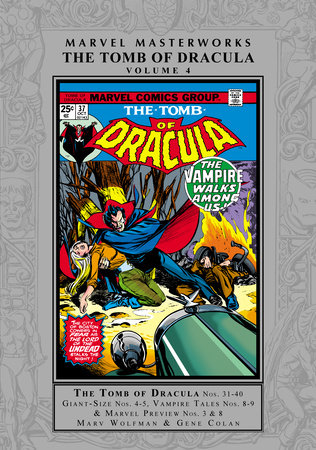
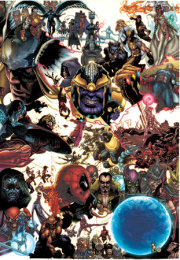
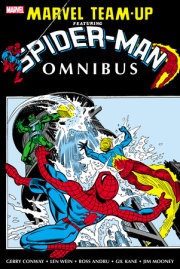

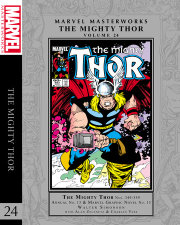
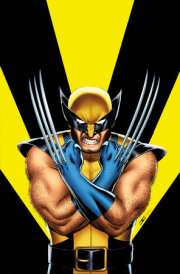

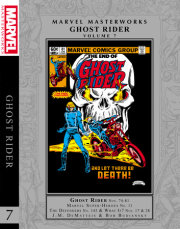
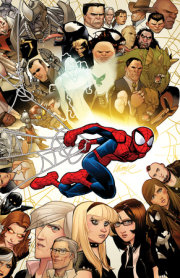
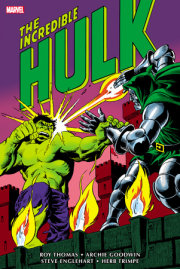
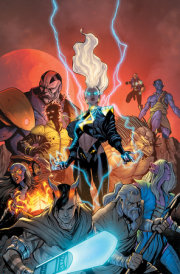
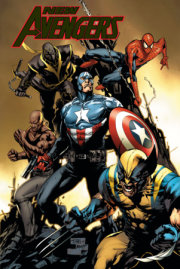
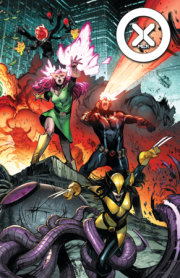
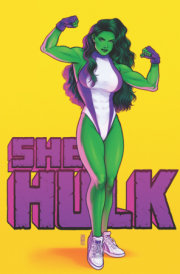




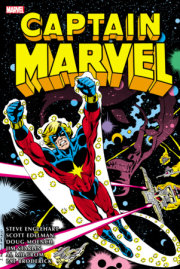
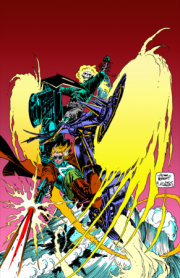
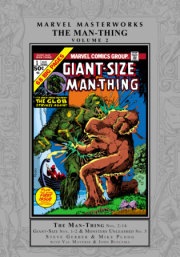
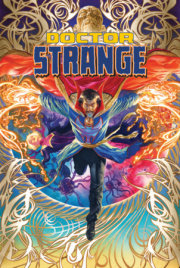
![TOMB OF DRACULA OMNIBUS VOL. 1 NEAL ADAMS COVER [NEW PRINTING 2]](https://images.penguinrandomhouse.com/cover/9781302965037?width=180)
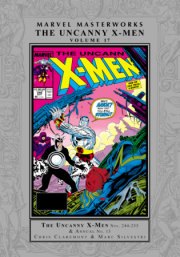
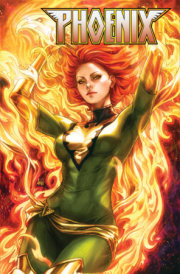
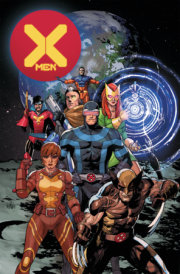
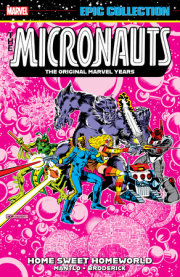
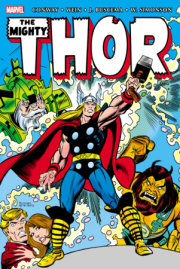
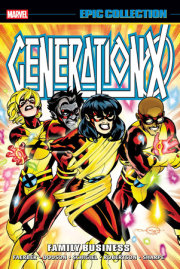
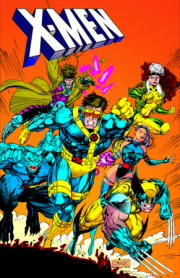
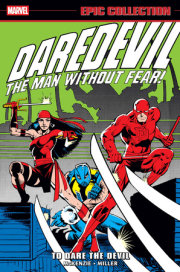
![IRON MAN: DEMON IN A BOTTLE [NEW PRINTING 2]](https://images.penguinrandomhouse.com/cover/9781302961817?width=180)
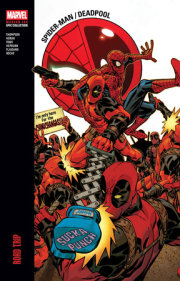
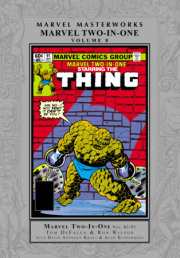

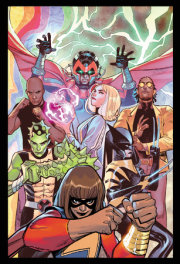

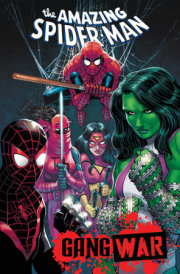
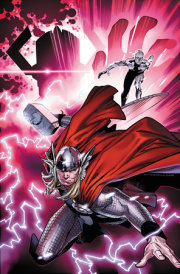
![ANNIHILATION: CONQUEST OMNIBUS ALEKSI BRICLOT COVER [NEW PRINTING 2]](https://images.penguinrandomhouse.com/cover/9781302966324?width=180)

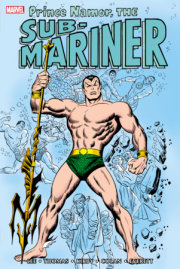
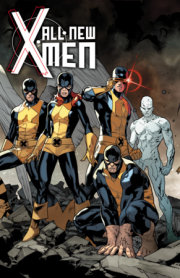
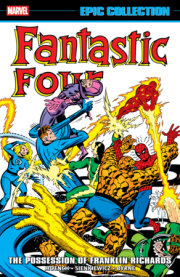
![ORIGINAL SIN [NEW PRINTING]](https://images.penguinrandomhouse.com/cover/9781302966249?width=180)
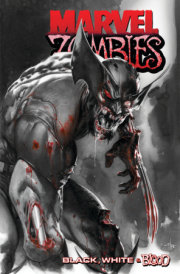

![X-FACTOR BY PETER DAVID OMNIBUS VOL. 1 LARRY STROMAN COVER [NEW PRINTING]](https://images.penguinrandomhouse.com/cover/9781302963705?width=180)
![AVENGERS WEST COAST EPIC COLLECTION: VISION QUEST [NEW PRINTING]](https://images.penguinrandomhouse.com/cover/9781302963910?width=180)
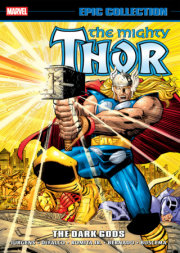
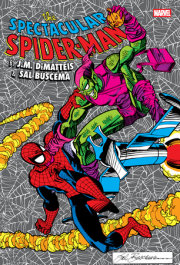
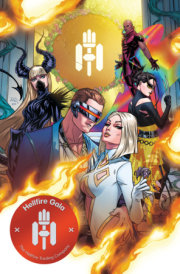
![WOLVERINE GOES TO HELL OMNIBUS JAE LEE COVER [NEW PRINTING]](https://images.penguinrandomhouse.com/cover/9781302961381?width=180)
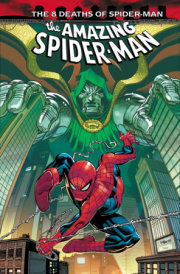
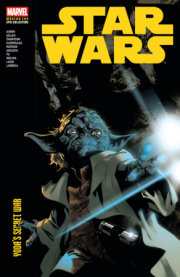
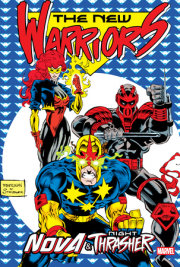
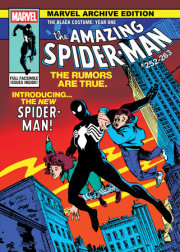


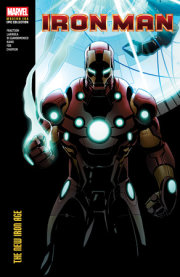
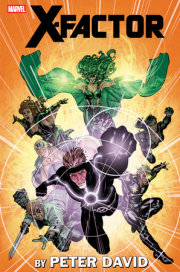
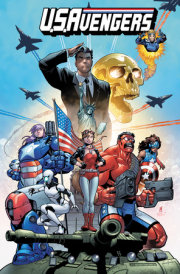
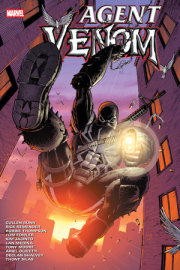

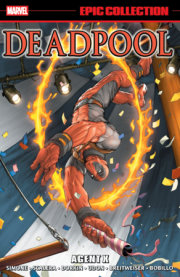
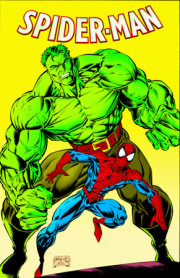
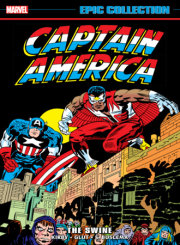
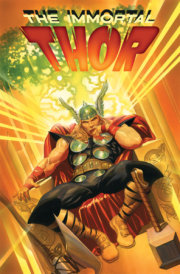
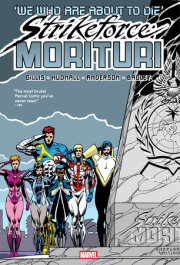
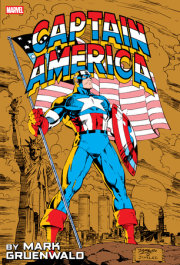
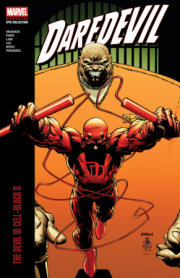
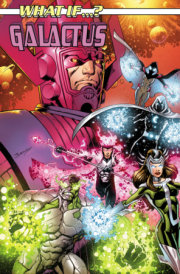
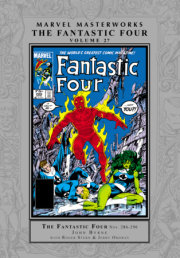


![MARVEL MASTERWORKS: THE SILVER SURFER VOL. 1 [REMASTERWORKS]](https://images.penguinrandomhouse.com/cover/9781302956042?width=180)

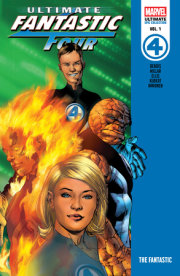
![X-MEN: AGE OF APOCALYPSE VOL. 2 - REIGN [NEW PRINTING]](https://images.penguinrandomhouse.com/cover/9781302963958?width=180)
